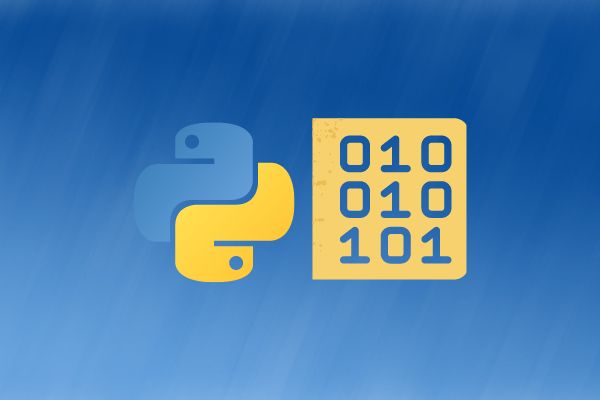A computer programmer writes code in a programming language, and it has to be converted into machine code (binary language) for the system to understand the instructions. This translation is done for each line of code by a software called an interpreter.
An interpreted language executes a code line by line instead of doing it as a whole. The interpreter executes the translated code before translating the next line of code.
Some of the most commonly used interpreted languages are PHP, RUBY, Python, JavaScript, Perl, and Basic.

An interpreted language is the opposite of a compiled language. Let’s see the difference between a compiled language and an interpreted language.
A compiled language compiles the code into machine instructions and runs it together. But, interpreted languages translate and execute each line of code one after the other.
A common misconception is that a language is either compiled or interpreted. But that is not the case. Some programming languages can be both compiled and interpreted.
Interpreted languages can work in 3 different ways:
- Execute the code and produce the output directly.
- Convert the code to an intermediate code and execute the code.
- Use an internal compiler to get a precompiled code, then execute the precompiled code.
Let’s dive deep and understand the pros and cons of interpreted languages.
Advantages of Interpreted Languages
- An interpreted language is more flexible compared to a compiled language because interpreted language executes the program code itself, thus making the code platform-independent. A platform-independent code can run across multiple environments and hardware, which helps in less planning in case of translation across enterprises.
- It is portable and need not be recompiled for different platforms. The code can be downloaded as such and used if there is an interpreter in the machine.
- The programmer will be able to identify exactly the part of the program which has an error and simultaneously check if the remaining part is correct. When the program is executed line by line, it is easier to check errors in the program.
- An interpreter directly translates the code written in a high-level language to machine-level language. Hence, the size and memory of the program are smaller. In a compiled language, an executable file is created, which takes up additional space.
- Debugging in the program occurs at run-time, so even if the last part of the code has an error, the code executes till it reaches the part of the code that is incorrect.
- In an interpreted language, you can change the code while it is running and start testing the program even when the code has errors. In a compiled language, you can test the code only if the entire code is compiled into an executable file.
Disadvantages of Interpreted Languages
- An interpreted language is slower compared to a compiled language. The language analyzes and executes every part of the code, making it process the code every time. An interpreter is needed in the local machine to run the program.
- Executing the program in an interpreter is less efficient than regular program execution.
- An interpreted language is less secure. Unlike compiled languages, the interpreter does not have an executable file. So, while sharing the code, we need to share the entire source code, which can be a concern to the programmer if the company or organization is concerned about their privacy.
Final Thoughts
As a programmer, choosing which language you want to go about completely depends upon your use case. By understanding the pros and cons of the compiled and interpreter languages, you can choose the language which fits your application.
I hope you found this article useful. If you have any doubts or anything else to add to this, feel free to post in the comment section. Happy coding!
Recent Posts
Modular programming is a software design technique that emphasizes separating the functionality of a program into independent, interchangeable modules. In this tutorial, let's understand what modular...
While Flask provides the essentials to get a web application up and running, it doesn't force anything upon the developer. This means that many features aren't included in the core framework....

